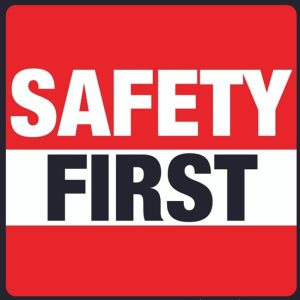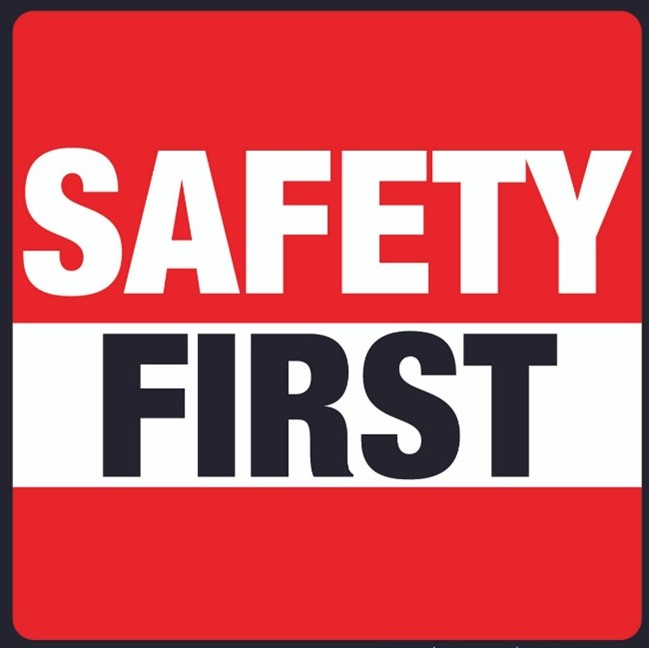The Art and Science of Creating Havens (Safety)
In last months article I discussed how an organization that operates with a Shanker Self-Reg© approach is one that we would describe as being a Haven. Within these organizations, an individual’s actions/reactions are reframed or looked at again and seen through what we call softer eyes. Everyone’s well-being and health would be a central theme to the organization’s operation. I went on to introduce how we would recognize an organization as a Haven.
Doctors Stuart Shanker and Susan Hopkins say Organizations where members feel each of the following are thought to be Self-Reg© Havens; 1) Safe, 2) Rooted, 3) Balanced, 4) Capable, & 5) Trusted.
This month I take a look at creating a sense of Safety and what that entails.
To have a goal of everyone within the organization feeling safe may sound like an oversimplification on a general level, regardless of how worthy it is as a goal. We must, however, look deeper into what it means to truly feel safe both physically, and emotionally. We do so acknowledging that feeling safe is NOT the same as being safe.
Feeling safe is a state of mind. Feeling unsafe is the result of surges within the limbic (fight/flight) response system that are often at play even well beneath our awareness. Threats to our safety and security are rooted in our perceptions or what some call an intuition or gut instinct – or what some scientists call “Neuroception.”
Creating a safe environment then has as much, if not more, to do with creating the sense of a safe environment – a feeling of safety. Feeling safe resides in the relationships that surround us. When we practice Shanker Self-Reg©, we are able to engage socially in more positive and constructive ways. Not necessarily conflict-free, or without opposition, but much more so with a better understanding of other peoples’ energy and stress levels. People react far differently when tired and stressed than they do if energized and motivated.
Cognitive Dynamics can help by introducing you to Shanker Self-Reg©
First, we must Reframe – see others’ responses as stress/fatigue responses as warranted.
Then Recognize others’ potential stressors and/or triggers.
Reduce those stressors where possible.
Reflect on stress awareness to improve future understanding.
Restore energy levels to better cope.
This will result in Safe Co-Regulatory relationships.
The Brain Science is in Self-Reg© and the Art lies in how we use the science we know to create Safe Relationships.


![The Art and Science of Confabulation vs. Lying [2025-07]](https://cognitivedynamics.ca/wp-content/uploads/2025/07/2025-07-Lying-v-Confabulating-child-in-distress-500x383.jpg)
![The Art and Science of Good Stress vs. Bad Stress [2025-06]](https://cognitivedynamics.ca/wp-content/uploads/2025/07/2025-06-Stress-Continuum-Yerkes-Dodson-500x383.png)
![The Art and Science of Healing the Divide [2025-05]](https://cognitivedynamics.ca/wp-content/uploads/2025/07/Healing-the-Divide-1-500x383.jpg)
![The Art and Science of Relationship Importance [2025-04]](https://cognitivedynamics.ca/wp-content/uploads/2025/07/Relationship-Importance-1-500x383.jpg)
Leave A Comment